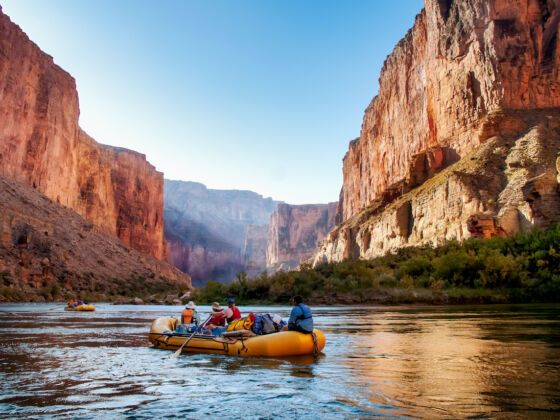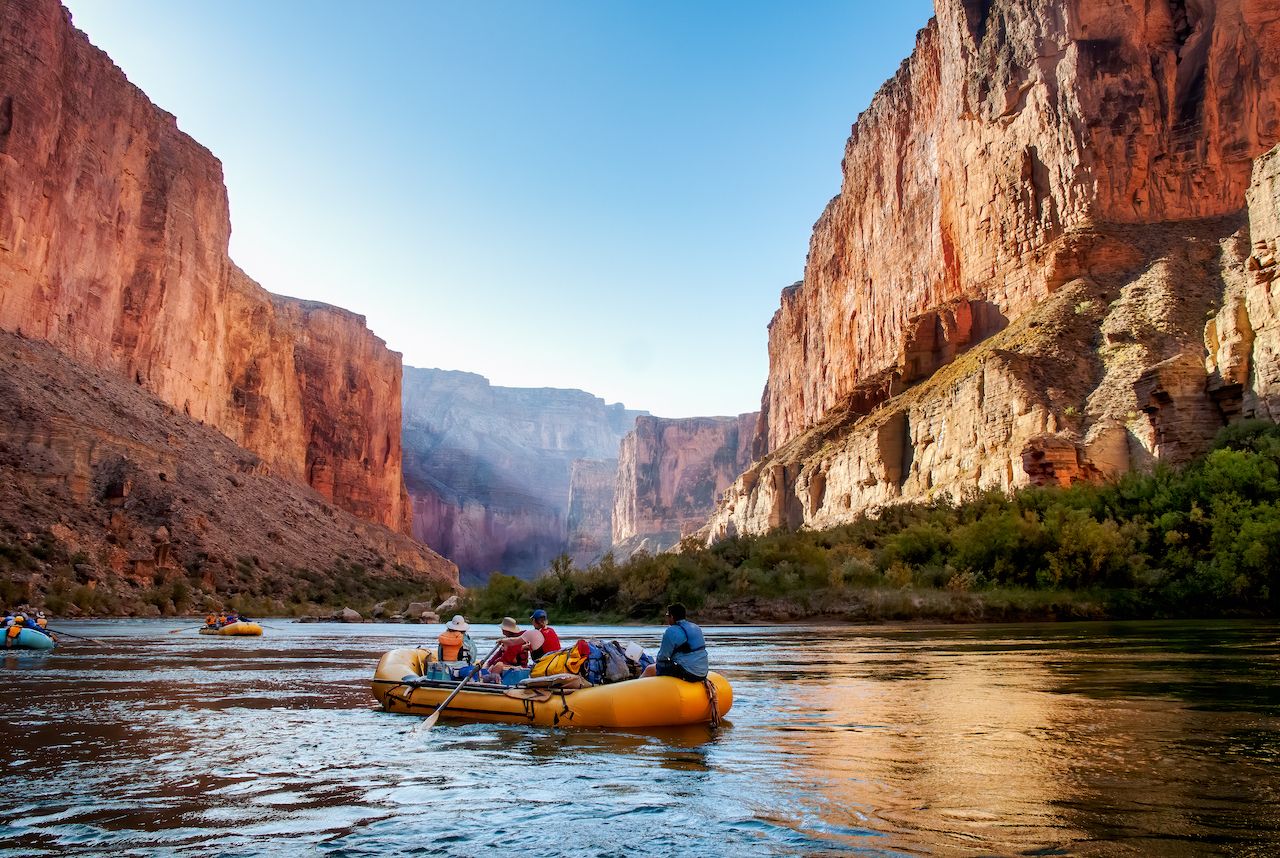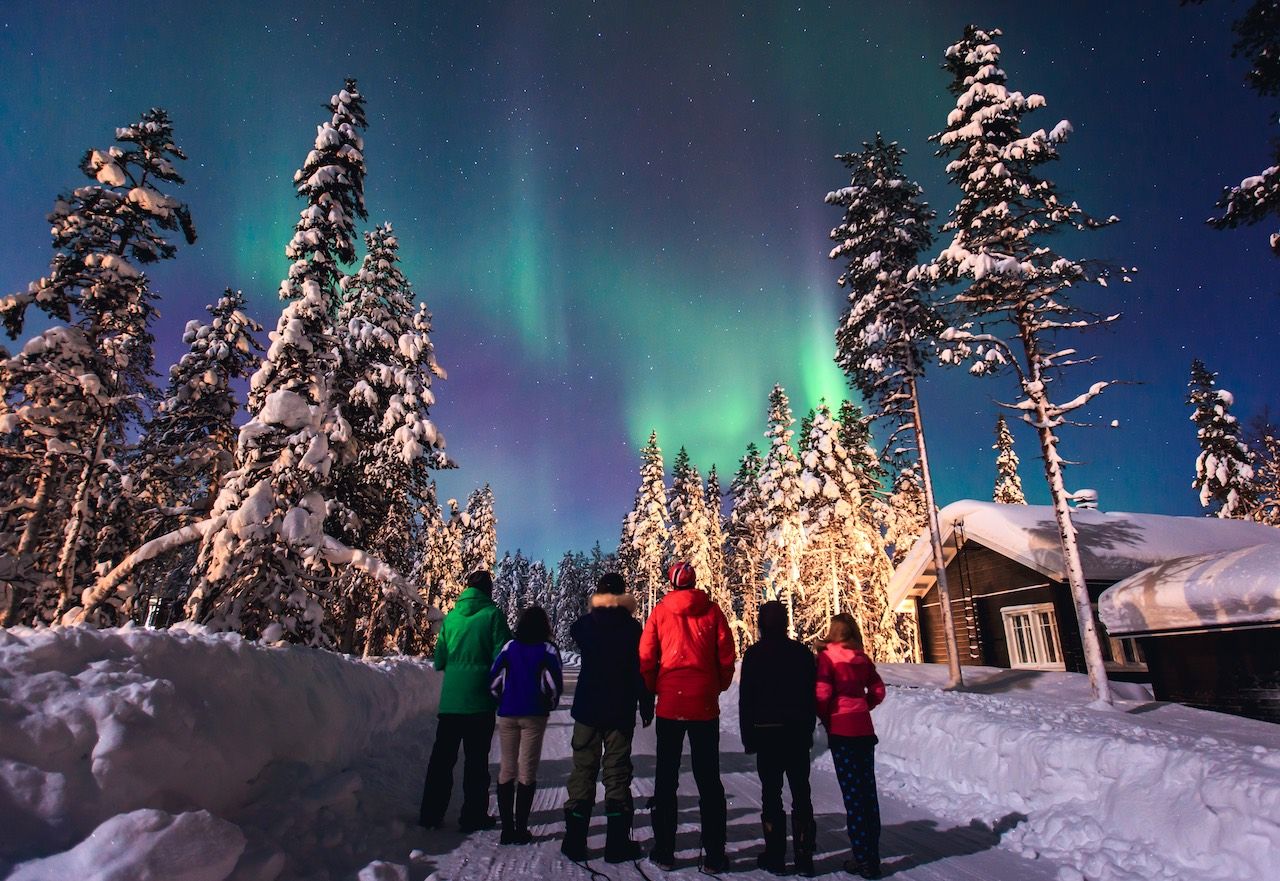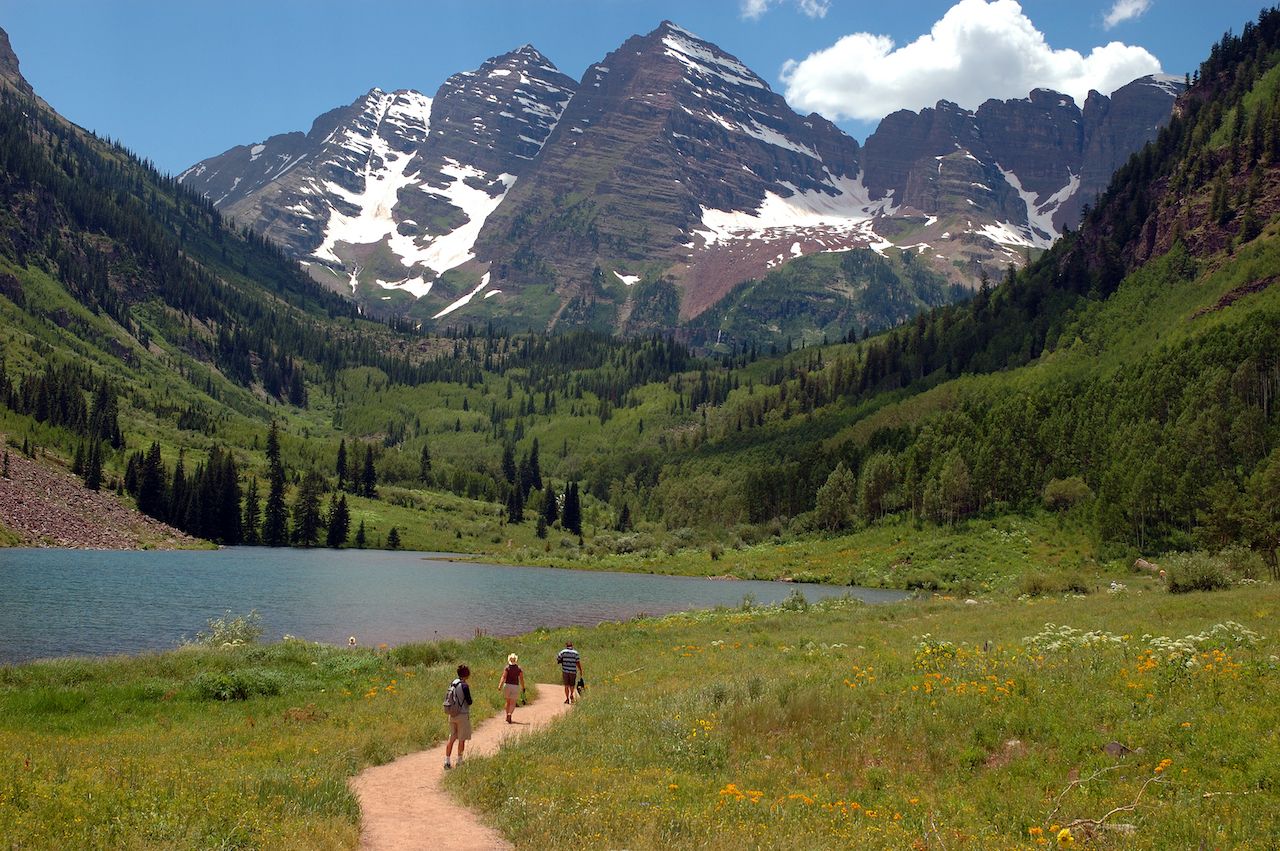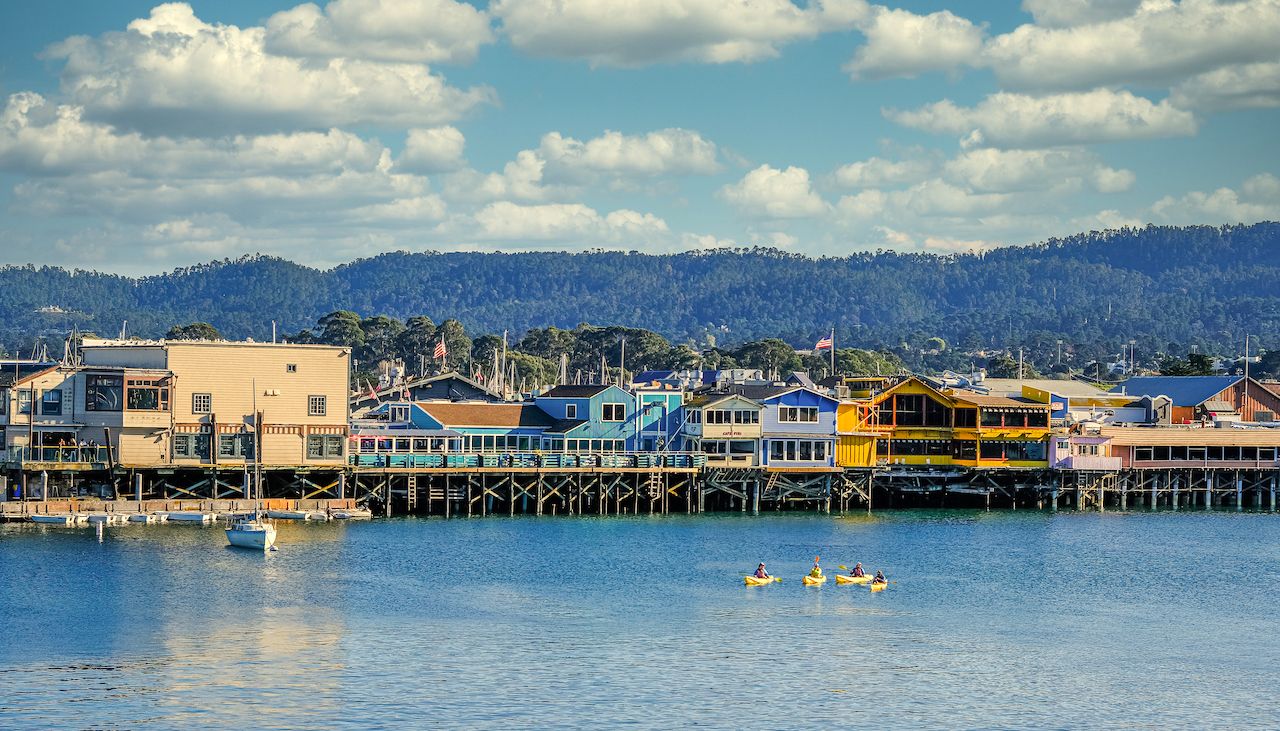1. Road trip on the Alcan to Alaska

Photo: Lynn A/Shutterstock
Michelle Schusterman, editor at Goods, is obsessed with the idea of driving up the Alcan (Alaska-Canada Highway). “Honestly, part of the appeal here is just because I want to be able to say ‘I’m driving to Alaska!’ I’d never even considered the possibility – I figured it would be too treacherous – and both plane tickets and cruises to Alaska can be pretty pricey. Then someone linked this on Twitter.”
